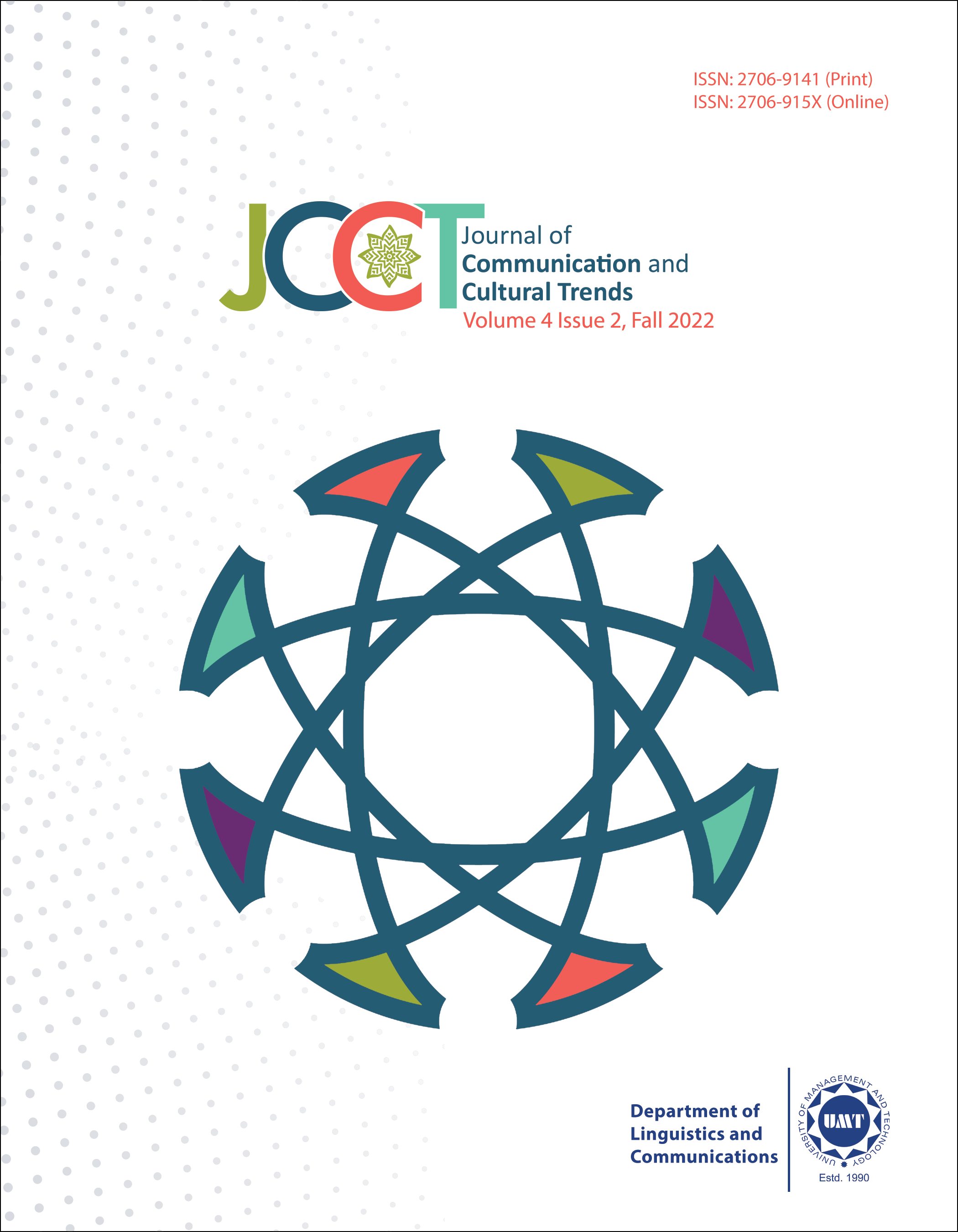Politeness or Submissiveness: Forms and Functions of Politeness in Everyday Interactions within the Ndebele Society in Zimbabwe
Abstract
 Abstract Views: 259
Abstract Views: 259
In the traditional Ndebele society of Zimbabwe, there is a marked asymmetry of knowledge and authority between men, women, and children. It implies a difference in the application of negative and positive politeness by them based on their traditionally assigned gender roles. Hence, this study demonstrates how gender roles and relations within the Ndebele society influence the forms and functions of politeness used in daily interactions. The analysis was conducted by using the politeness theory as the theoretical framework, which proclaims that communication is a way that structures social relations. Personal and participant observations were used as sources of data collection. The research revealed that the forms and functions of politeness used in daily interactions within the Ndebele society are influenced by the formal and socially distant relationships between men, women, and children. In this regard, politeness conventions were determined by analyzing the norms, values, and particular power structures of the Ndebele society. Moreover, it was also found that gender dichotomy is developed from an early age and the “I” holds the power dynamics in relationships. So, it was concluded that the forms and functions of politeness in the Ndebele society are determined by one’s position in it. Furthermore, this position implicitly represents the social and power relations within the society, maintaining a patriarchal social structure and habitus. In this respect, the submissiveness of women towards their husbands shows the set pattern of the patriarchal society and its expectations from a woman.
Keywords: gender roles, patriarchy, negative politeness, politeness, positive politeness, submissiveness
Downloads
References
Bloor, M., & Bloor, T. (2007). The Practice of Critical Discourse Analysis: An Introduction. Routledge. https://doi.org/10.4324/9780203775660
Brown, P. (2015). Politeness and language. In The N. Smelser, & P. Baltes (Eds.), International Encyclopedia of the Social and Behavioural Sciences (IESBS), (2nd ed., pp. 326-330). Elsevier. https://doi.org/10.1016/B978-0-08-097086-8.53072-4
Brown, P., & Levinson, S. C. (1978). Universals in language usage: Politeness phenomena. In E. N. Goody (Ed.), Questions and politeness: Strategies in social interaction (pp. 56-311). Cambridge University Press.
Brown, P., Levinson, S. C., & Levinson, S. C. (1987). Politeness: Some universals in language usage (Vol. 4). Cambridge university press.
Coates, J., & Cameron, D. (Eds.). (1989). Women in Their Speech Communities. Routledge. https://doi.org/10.4324/9781315846798
Corbin, J. and Strauss, A. (2008). Basics of qualitative research. (3rd ed.). Sage Publications Inc.
Fairclough, N. 1992. Discourse and social change. Polity Press.
Fasold, R. W. (1990). The sociolinguistics of language (Vol. 2). Blackwell Pub.
Goffman, E. (1967). International ritual: essays on face-to-face behavior. Double Day Anchor Books.
Goffman, E. (1999). The presentation of self in everyday life. Peter Smith Pub. Inc.
Gu, Y. (1990). Politeness phenomena in modern Chinese. Journal of pragmatics, 14(2), 237-257. https://doi.org/10.1016/0378-2166(90)90082-O
Ide, S. (1989). Formal forms and discernment: Two neglected aspects of universals of linguistic politeness. Multilingua- Journal of Cross Cultural and Interlanguage Communication, 8(2-3), 223-48. https://doi.org/10.1515/mult.1989.8.2-3.223
Kumar, R. (2011). Research methodology. A step-by-step guide for beginners. (3rd ed). Sage.
Kunene, E.C.L. & Mulder, J. G. 1992. Linguistic considerations of some cultural attitudes I siSwati. In Hebert, R. K. (Ed.). Language and society in Africa: The theory and practice of sociolinguistics (pp. 335-344). Witwatersrand University Press.
Litosseliti, L. (2006). Language and gender: Theory and practice. Routledge. https://doi.org/10.4324/9780203784792
Makoni, B. (2014). Feminizing linguistic human rights: use of isihlonipho sabafazi in the courtroom and intra-group linguistic differences. Journal of Multicultural Discourses, 9(1), 27-43. https://doi.org/10.1080/17447143.2013.806514
Mansoor, I. K. (2018). POLITENESS: Linguistic study. International Journal of Research in Social Sciences and Humanities, 8(4), 167-179.
Mapara, J. and Thebe, S. (2015). It has always been a man’s world: The woman as other in the Shona and Ndebele proverb. Advances in Social Sciences Journal, 2(4), 198-214. https://doi.org/10.14738/assrj.24.925
Mills, S. 2003. Gender and politeness. Cambridge University Press.
Moyo, N. 2005. Isichazamazwi sesiNdebele as reflector of the moral ideological values of society. Lexikos, 17(1), 349-359.
Nwoye, O. G. (1992). Linguistic politeness and socio-cultural variations of the notion of face. Journal of pragmatics, 18(4), 309-328. https://doi.org/10.1016/0378-2166(92)90092-P
Pearce, C. (1990). Tsika, hunhu and the moral education of primary school children. Zambezia, 17(2), 145-160.
Price, L. L. 2010. Personal observation. In N. S. Jagdish & K. M. Naresh (Eds.), Wiley International Encyclopedia of Marketing. Wiley Online Library. https://onlinelibrary.wiley.com/doi/abs/10.1002/9781444316568.wiem02050
Pride, J. B., &Holmes, J. (1986). Sociolinguistics: Selected readings. Penguin Books.
Samkange, S., & Samkange, T. M. (1980). Hunhuism or Ubuntuism: A Zimbabwe indigenous political philosophy. Graham Publishing.
Tannen, D. (1994). Gender and discourse. Oxford University Press.
Tracy, K. (1990). The many faces of facework. In H. Giles and P. Robinson (Eds.), Handbook of language and social psychology (pp. 209-226). John Wiley and Sons Ltd.
Yule, G. (2010). The study of language. Cambridge University Press.

This work is licensed under a Creative Commons Attribution 4.0 International License. Authors retain copyright and grant the journal right of first publication with the work simultaneously licensed under a Creative Commons Attribution (CC-BY) 4.0 License that allows others to share the work with an acknowledgement of the work’s authorship and initial publication in this journal.








